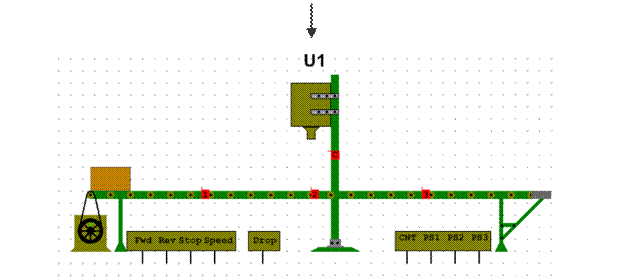Expressing dislikes
(I'm afraid) I don't like... I've never liked..., I'm afraid. ... is not one of my favourite... I (really) hate... I think... is pretty awful/really unpleasant. I'm not (really) very keen on... ... is ghastly/rubbish. I can't say... appeals to me very much. I must say I'm not too fond of... 16. Work in pairs, a) Find out each other's feelings about these subjects. Use the clichés of likes and dislikes: 1. An art book for a birthday present. 2. Snapshots from a family album. 3. Pupils' drawings for the school exhibition. 4. Your grandma's picture postcards. 5. A guided tour of a museum. 6. Landscape painting. 7. Impressionism. 8. Genre painting. 9. Animals in art. 10. Still life. b) Report your partner's opinion to the students in another group. 17. Read the following text. Find in it arguments for including popular arts in the art curriculum and against it. Copy them out into two columns (I — "for", II — "against"): A new issue in aesthetic education today has to do with the choice of art examples to use in the classroom, specifically, whether they should be restricted to recognized works of fine art or allowed to include such art forms as posters, album covers, billboards, and particularly cinema and television. Since the popular arts are a reflection and product of popular culture, exploring the popular culture should be a valid method of inquiry. Popular arts are already a part of the children's lives and they enable the teacher to "start where the kids are". Further, they facilitate the responses the children are already having with their preferred art forms rather than imposing adult middle class standards on them. We know also that art which students encounter in schools — the official or high art embodied in the official curriculum — stands in an adversary relation to the media of popular entertainment. A critical analysis of the forms reflected in popular art is imperative if we want to elicit meaningful dialogue about art. Not all writers in art education have taken a positive position in regard to the popular arts. An opinion exists that fine art objects are the only objects with the power to impart a markedly aesthetic aspect to human experience. Certain scholars "refuse to cheapen art's magnificent and supreme excellence by comparing it to comic strips and other essentially vulgar commodities", claiming that popular culture was the result of the public's inability to appreciate high art. Even those who recognize popular arts as art forms suggest that the schools should go beyond them, because "serious art" makes more demands on the viewer. Some art educators argue that concepts of fine art and popular art are relative and that the distinction between the two is slight if not illusory. What we see in art museums and art galleries includes a lot of different things from all over the world, from cultures and periods of time in which the concept of art, as we know it, did not exist. In their original contexts, such objects often served a variety of functions, such as magical, ritualistic, narrative, or utilitarian but almost never aesthetic. It is well known that many of the things we regard so highly today, such as Gothic cathedrals, El Grecos, Rembrandts, Goyas or Cezannes, were ignored or scorned at different periods of time. Many things we ignore or scorn today, such as the work of the French or Royal Academies in the 19th century, were at one time highly regarded. A work's reputation can be affected precipitously by the accident of reattribution. A highly regarded Rembrandt, subsequently discovered to be not by Rembrandt drops in value immediately. The same thing can happen in reverse. Finally, there are cases in which objects have lost not only their monetary and intrinsic value, but also their status as art objects because they are fakes
18. Discuss the text in pairs. One partner will take the optimistic view and insist that popular arts should be included in the art curriculum. The other will defend the opposite point of view.
|




